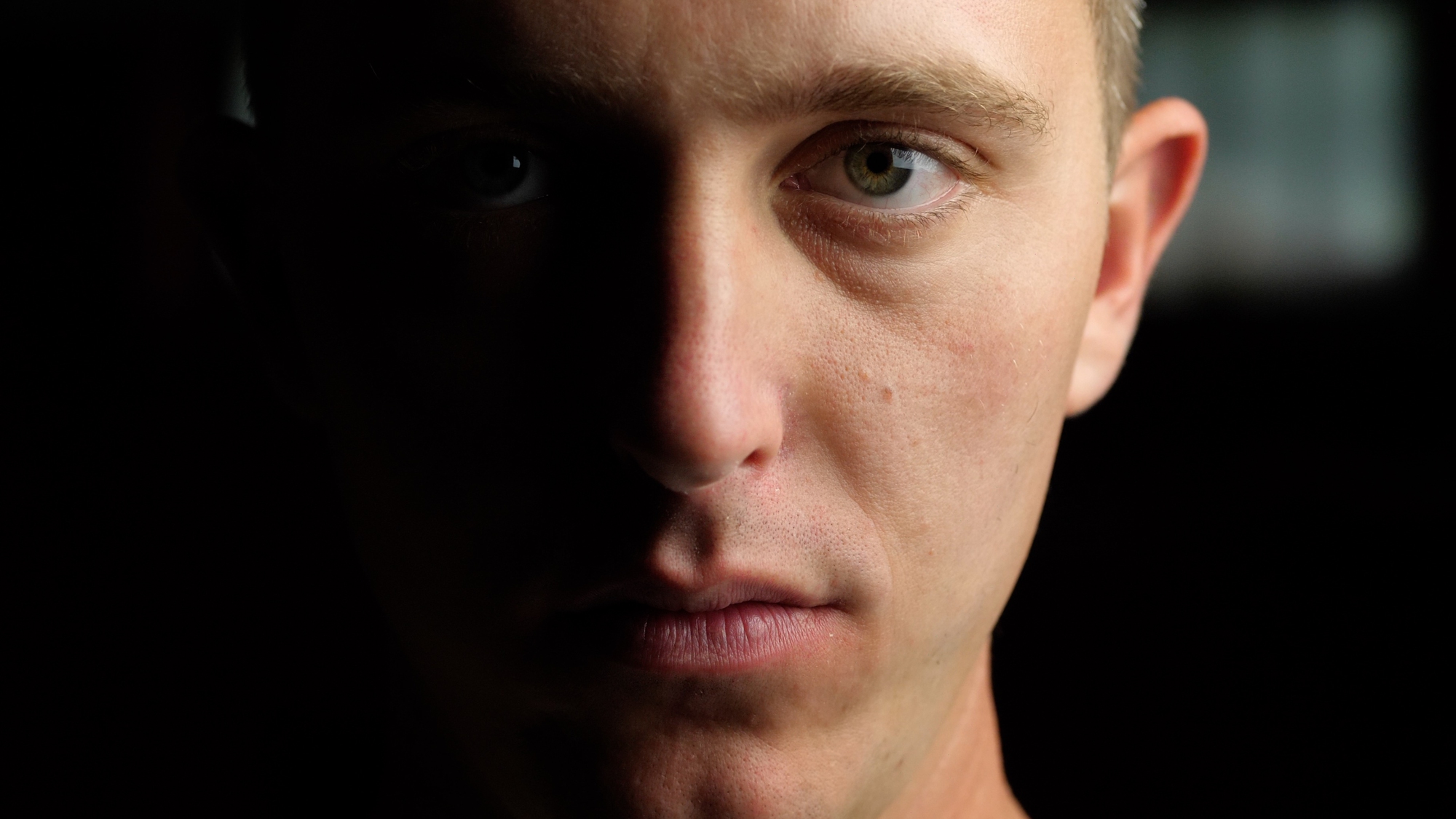These are the telltale signs of someone who is stuck in survival mode.

When life is not just hard but crushingly difficult, people often go into survival mode. This state can help them get through the worst of what they are experiencing, but it can also be highly detrimental to them if they stay in it for too long. You can expect to see many of the following behaviors in those who have gotten stuck in this survival state for a long period of time.
1. They are hypervigilant to real or imagined threats.

Survival mode brings with it a heightened sensitivity to potential threats and problems. Though that may sound like a good thing, a person experiencing hypervigilance can’t shut it off. That may cause the person to be anxious, tense, and overly cautious about anything that could possibly go wrong. This may manifest as distrusting or being wary of others since a lot of trauma is inflicted by other people.
2. They experience emotional numbness.

The brain produces hormones to preserve itself through stressful situations, hormones that can blunt emotions as they get in the way of decision-making. People who are stuck in survival mode may emotionally shut down to better focus on the perceived threat or to avoid feeling overwhelmed. This may cause them to seem detached from emotional situations, friends, and loved ones.
3. They regularly experience irritability and anger.

Chronic stress may lead to irritability, mood swings, or explosive reactions to minor triggers, frustrations, or inconveniences. People who are stuck in survival mode are exerting a lot of emotional and mental energy all the time. Because of that, they often lack a nice pad of emotional cushioning to soften the minor issues of life that pop up that most people have.
4. They may self-sabotage or have an inability to plan for the future.

Survival is all about getting through the present moment. People who are stuck in survival mode may be so rooted in the present moment that they can’t think clearly about the future or make long-term plans. They may avoid new people, opportunities, and experiences to stay rooted in the familiar because the familiar is comfortable. Self-sabotage allows the person to remain in their comfort zone.
5. They may isolate themselves.

Since survival mode consumes a lot of mental and emotional energy, the person may isolate themselves. Socialization requires energy for many. Isolating allows them to function without feeling too overwhelmed or drained. It’s a way for them to conserve their energy. They may avoid meeting new people because it’s anxiety-inducing or overwhelming.
6. They experience chronic fatigue.

It’s not only one’s brain that is affected by survival mode. The brain starts up other processes in the body to help you survive. However, these processes aren’t meant to last for a long time. If they do, it leads to physical exhaustion as constant stress wears them down. That will leave them exhausted and may make them more susceptible to illness and depression.
7. They may struggle with decision-making.

Survival mode is tied to the anxiety response of fight-or-flight. The body and brain produce hormones specifically to deal with fight-or-flight. However, the body isn’t meant to stay in that mode for a long time. Those hormones focus on producing an instinctual response to the threat. That may trap the person in analysis paralysis because their mind is focused solely on a threat they can’t find.
8. They may exhibit perfectionist tendencies.

Perfectionism is often an unhealthy coping mechanism for dealing with anxiety and stress. A person stuck in survival mode is under constant stress. The way that perfectionism helps is that it focuses the person on a singular outcome rather than being overwhelmed by many. A person focused on one unattainable goal doesn’t need to worry about all the other choices that go along with different outcomes, or moving forward to a different goal.









